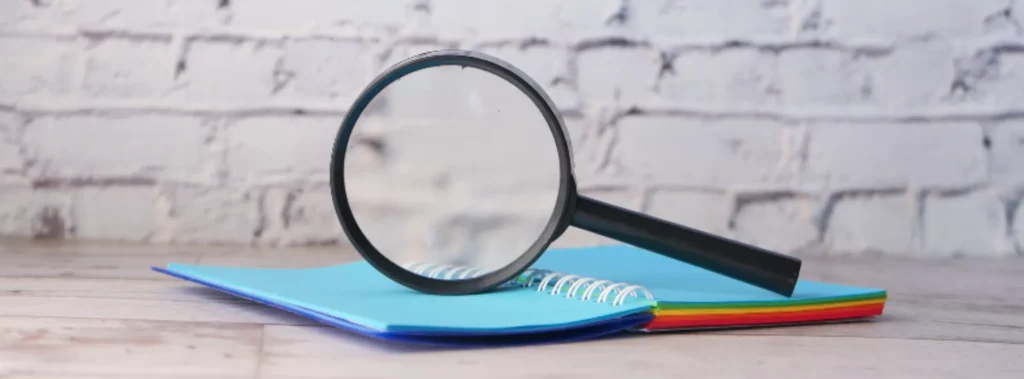Having osteoarthritis can impact a person’s life in a number of ways, causing pain, fatigue, immobility, and reduced dexterity, but what exactly is osteoarthritis and what can you do about it if you have it?
According to research by Versus Arthritis, over 10 million people – or one in six – in the UK have arthritis. There are several different types of arthritis, but the most common type in the UK is osteoarthritis.
What is osteoarthritis?
The word arthritis literally means joint inflammation. Simply put, a joint is a place where two or more bones meet. Most of the joints in the body are surrounded by a strong capsule to hold the bones in place. The joint capsule is full of a thick fluid (synovial fluid) which helps to lubricate the joint. Another key component of the joint is the cartilage: a strong, flexible connective tissue which lines the ends of the bones, protecting them and allowing them to glide smoothly over one another as you move.
Osteoarthritis (OA) starts with the roughening of the smooth cartilage lining of the joint. This makes movement more difficult than usual, leading to pain and stiffness. Plus the roughening of the cartilage lining means the tendons and ligaments have to work harder to move and stabilise the joint, which in turn can cause swelling. The body also tries to compensate for the loss of cartilage by forming tiny bony spurs called osteophytes at the ends of the bone in an affected joint. In more severe cases, loss of cartilage can lead to bone rubbing on bone, altering the shape of the joint and forcing the bones out of their normal position.
Who and what does osteoarthritis affect?
OA tends to affect people in their mid-40s or older and is also more common in women and those with a family history of the condition. The most commonly affected joints when it comes to OA are the hands, back or spine, knees and hips. According the Versus Arthritis, an estimated 5.4 million people have knee OA, and an estimated 3.2 million people have hip OA.
What should I do if I have osteoarthritis?
There is no cure for OA, however focusing on exercise, diet, footwear and sleep can help those with the condition manage their symptoms.
Exercise
Keeping active and exercising regularly helps keep the muscles around a joint strong which can help support and stabilise OA affected joints. Focus on doing low impact exercise like yoga, swimming, cycling or walking. Be aware though that if you already suffer with OA that joint pain may initially increase when you start to exercise. However, this will subside and the long terms benefits of regular exercise include reduced pain, increased range of movement and less stiffness in your joints. For some suggested exercises for health joints, click here.
Diet
Maintaining a healthy weight will help reduce pressure on your joints so make sure you follow a healthy, balanced diet with plenty of fresh fruit and vegetables. For more information on arthritis and diet, click here.
Footwear
Our feet support our skeleton and provide us with balance and mobility. Each one has 26 bones and 33 joints and as they are the foundation of your entire body, it’s not surprising that wearing good, supportive and properly fitting shoes is beneficial if you suffer from OA. For tips on footwear and footcare if you have OA, click here.
Sleep
Lack of sleep can cause inflammation in the body. In turn, this can result in muscle aches and pains and exacerbate chronic pain and inflammatory conditions such as arthritis. So if you have OA, try to focus on developing good sleep habits. For tips and more information on the benefits of a good night’s sleep, see our ‘Reasons to get a good night’s sleep’ blog.
Managing hip and knee osteoarthritis with manual therapy
NICE (GP guidelines) also recommend manipulation and stretching alongside therapeutic exercise as a way for people with hip or knee OA to manage the condition. As such, chiropractors and osteopaths can also help patients with OA actively manage their condition, using a range of treatment techniques designed to help improve joint function.
For more information, support and help about arthritis, contact Versus Arthritis.
